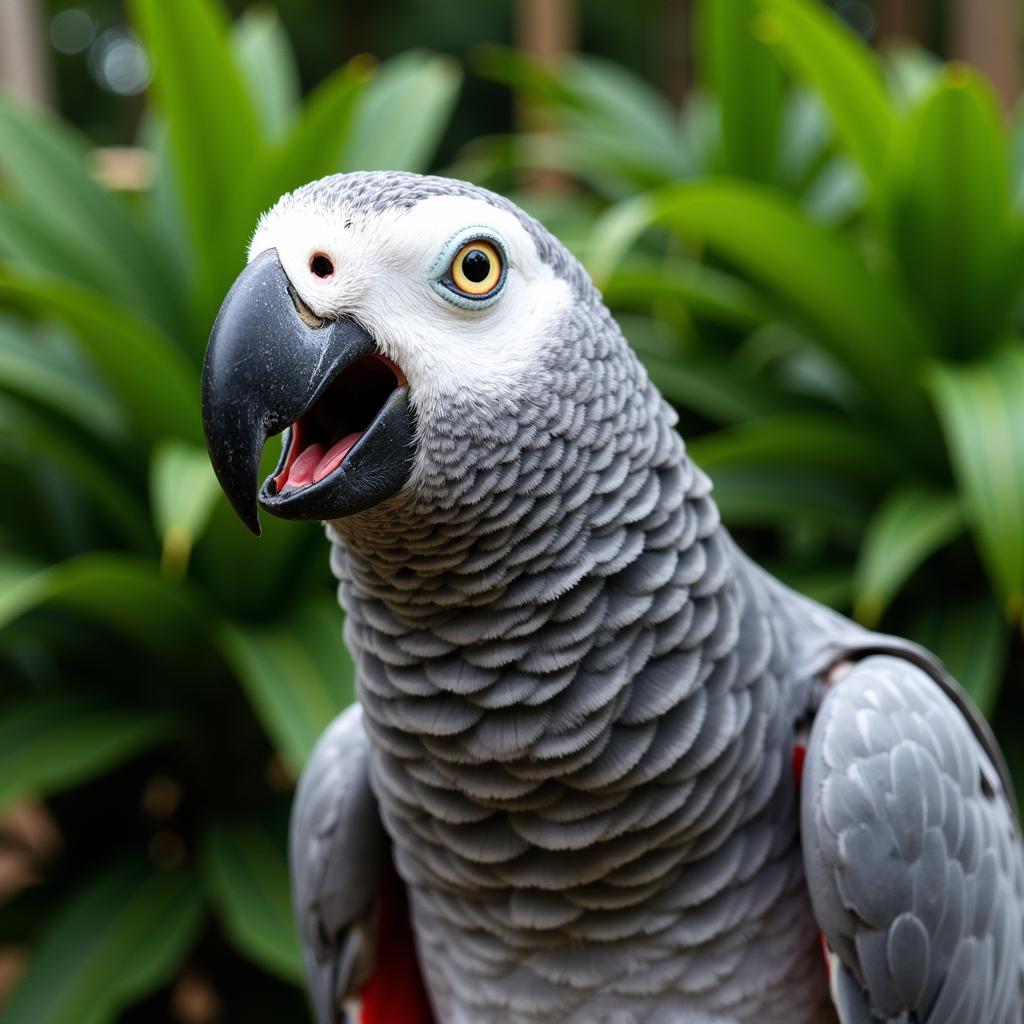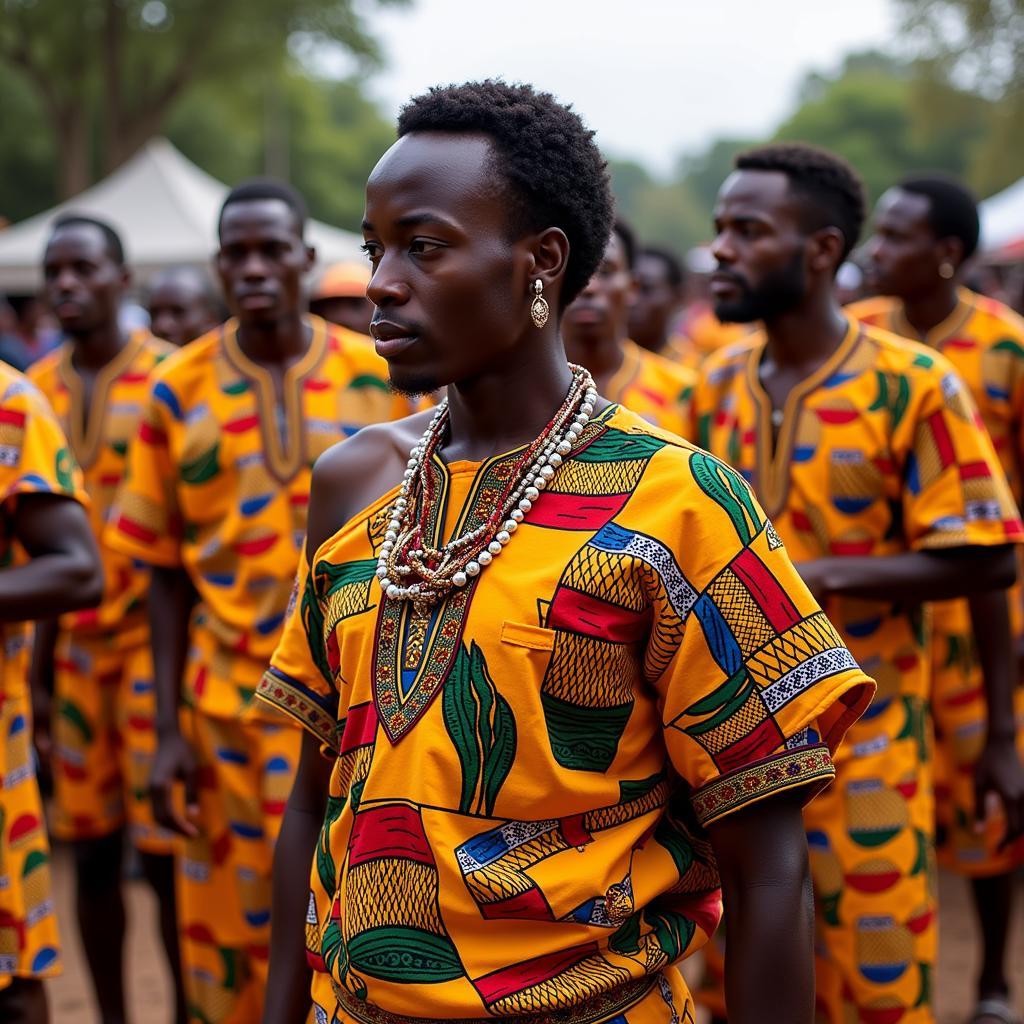African Grey Parrot Sounds and What They Mean
African Grey parrots are renowned for their intelligence and ability to mimic human speech. But did you know that these captivating creatures also use a complex system of sounds to communicate their needs, emotions, and intentions? Understanding African grey parrot sounds is key to building a strong and fulfilling bond with these intelligent birds.
 An African grey parrot vocalizing
An African grey parrot vocalizing
Decoding the Language of African Grey Parrots
While each parrot develops a unique vocabulary based on its environment and experiences, there are common sounds and their associated meanings that can provide valuable insights into your feathered friend’s world.
Common African Grey Parrot Sounds and Their Meanings
-
Whistling: A happy and content parrot often expresses itself through cheerful whistles. This is their way of saying, “I’m feeling good!”
-
Chirping: Short, soft chirps are usually a sign of contentment and can be interpreted as a gentle “hello” or a way of acknowledging your presence.
-
Clicking: A parrot clicking its beak, sometimes accompanied by a bobbing head, usually indicates excitement, anticipation, or a desire for attention.
-
Purring: Similar to cats, African greys may purr when they feel relaxed and comfortable. It’s a subtle sign of pure happiness.
-
Growling: This low, guttural sound is a clear warning sign. It often indicates fear, territorial behavior, or a perceived threat.
-
Screaming: Unlike the other sounds, screaming is usually a sign of distress or alarm. It can be triggered by fear, loneliness, or boredom.
-
Mimicking: The uncanny ability of African Greys to mimic human speech and environmental sounds is a testament to their intelligence. They often mimic sounds they find interesting or associate with positive experiences.
Beyond Individual Sounds: Understanding the Context
While knowing the general meaning of different sounds is helpful, it’s crucial to remember that context is key to accurate interpretation. Pay attention to your parrot’s body language, the surrounding environment, and any recent events that might be influencing their vocalizations. For example, a growl accompanied by puffed-up feathers and pinned eyes indicates a higher level of threat than a soft growl while the bird is relaxed.
Building a Deeper Connection Through Sound
By learning to decipher the rich tapestry of African grey parrot sounds, you can gain a deeper understanding of your companion’s emotions, needs, and desires. This understanding forms the foundation for a more enriching and fulfilling relationship, built on mutual trust, respect, and communication.
Remember, each parrot is unique, and their vocalizations are as individual as their personalities. Spending time observing and interacting with your African Grey is the best way to truly understand their language and build a lasting bond.

